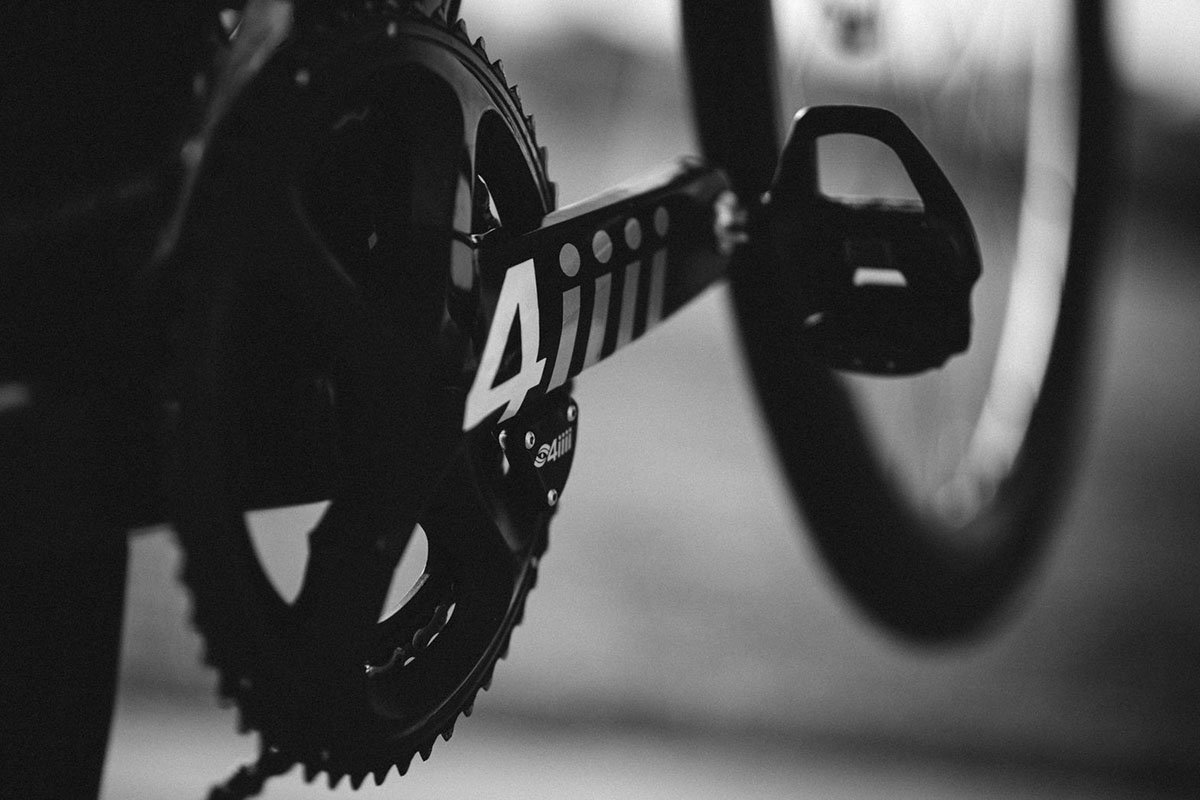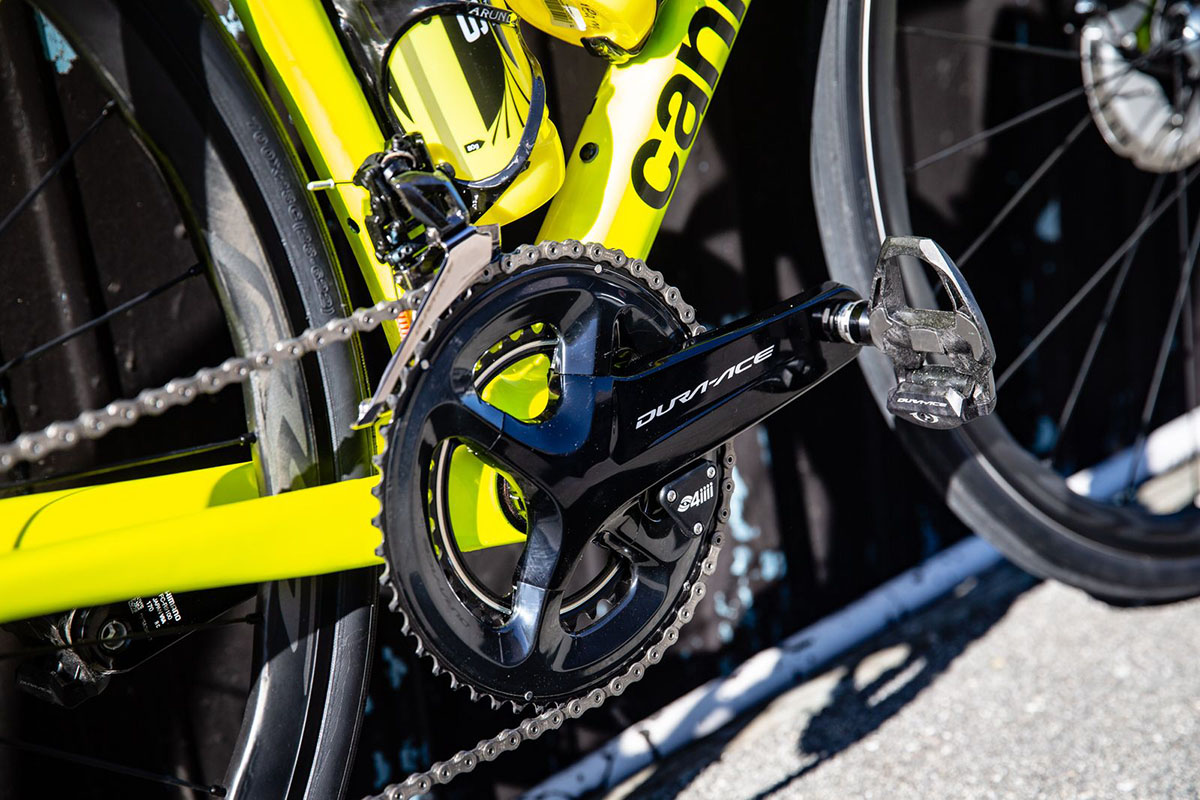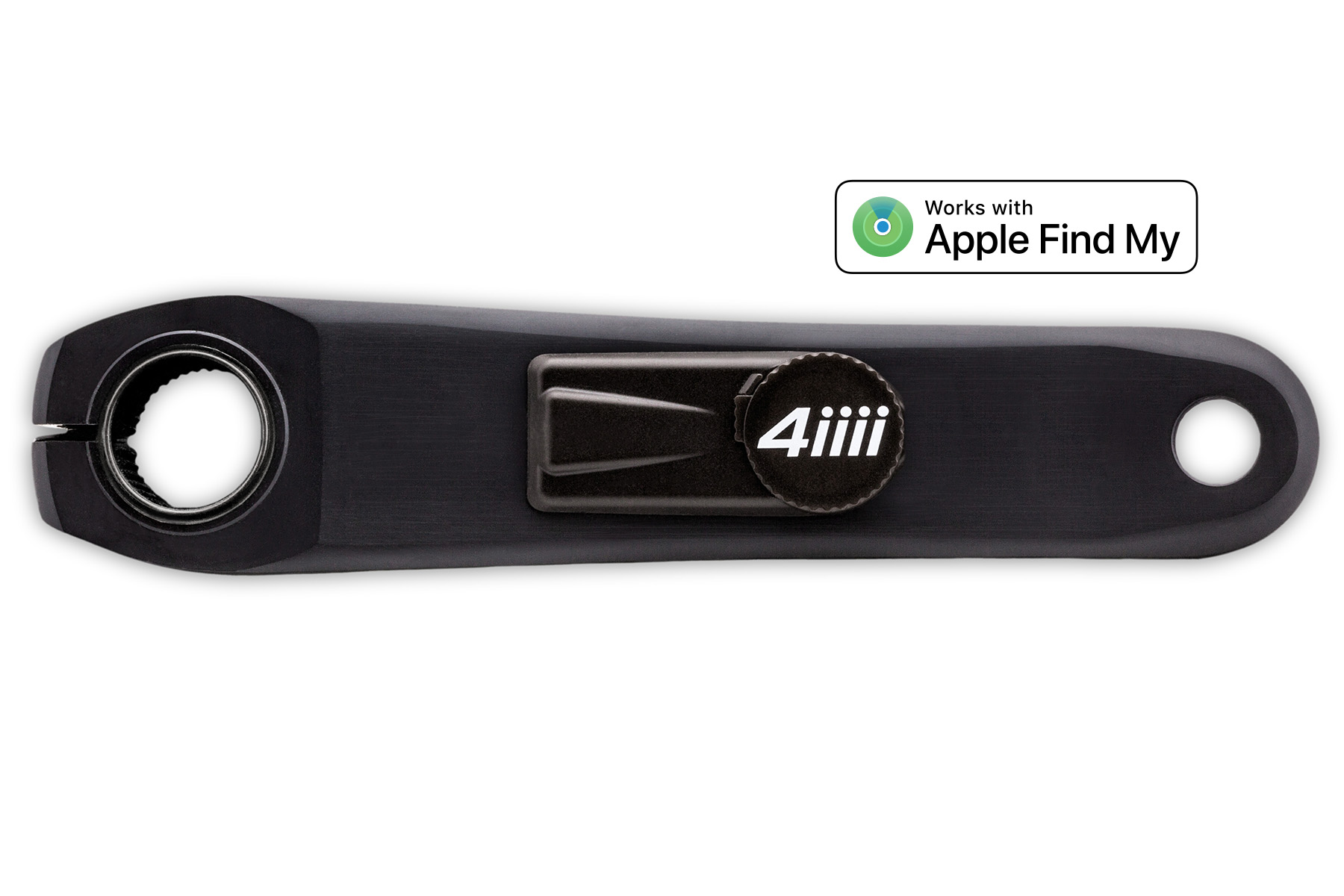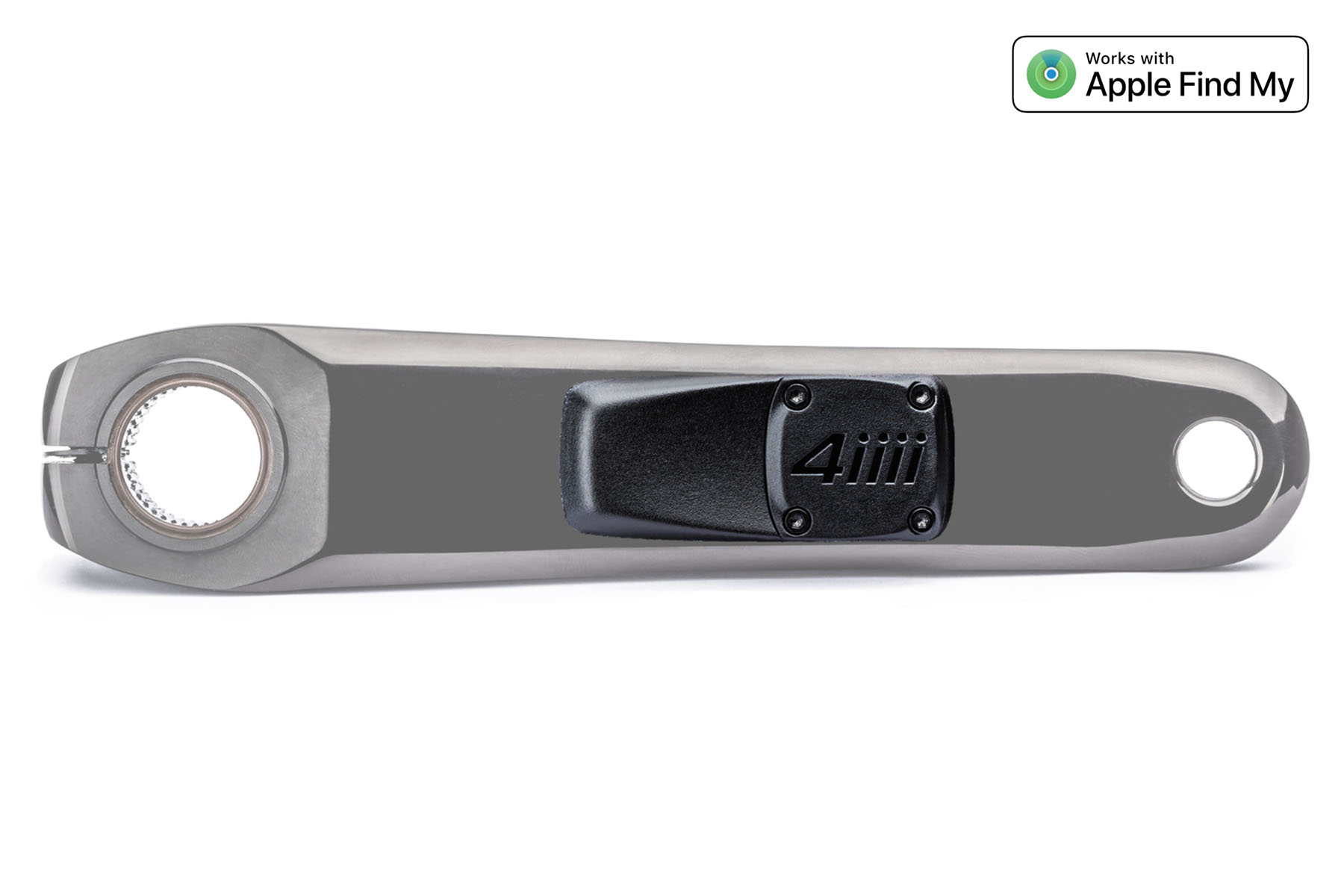Power Meters for Beginners: Pacing for Hills
Posted by Art Hare on June 30, 2021
Having helped a lot of friends start their cycling journey, I’ve learned there’s a couple neat pieces of equipment that many new cyclists think are too advanced for them or are only for world-class cyclists. First among them in my mind is the power meter. A beginner with a power meter is a new cyclist who’ll be able to climb mountains because of the better pacing a power meter can enable.
One of the toughest things for a new cyclist to do is pace, especially when you hit a hill. I’ve heard many friends say: “I really want to go on a long ride, but I just can’t do hills. I get too tired and have to walk up”. But if you do the physics math, there’s nothing about a hill that fundamentally requires you to work really hard - if you have an appropriately low speed (small chainring in front, large cog in back) on your bike’s gearing, you should be able to climb just about any hill without even breathing hard. To paraphrase Archimedes: “Give me a rear cog big enough, and a front chainring small enough, and I shall move the world.”
But everyone knows about gearing. How do power meters tie into this? A power meter measures how much physical work you’re doing, and is one of the best pieces of equipment for pacing that exists today.
Once you ride with a power meter, you’ll get a feel for the kind of average power you produce - a new cyclist might do 80-100W for an hour or more, and get tired if they go too far over that. But on a hill, that very same new cyclist will notice they steadily push 200W or more for minutes - the power meter is detecting they’re working twice as hard!
But this extra effort isn’t free: doubling your wattage is usually only sustainable for a few minutes until your heart and lungs cry “Uncle!”, you start gasping for air, feel a whole-body fatigue, and want to stop.
This is precisely what happened to me when I got my first power meter - all of a sudden it made sense why I’d be gassed at the top of a hill or race poorly after a big hill - it was because I had effectively done sprint-level effort all the way up the hill, and had, in cyclist parlance, “burned my matches” without even meaning to.
But why does this happen? For me, I tend to try turning the pedals at the same cadence I did before the hill, but the hill makes it so the force to turn the pedals has gone up considerably. Increasing the pedal force without slowing down enough means you’re putting out a lot more power. And because it’s effectively your brain being tricked, then it becomes very difficult to fix the problem with your mind alone.
A steep hill becomes easy as long as you use your power meter to help guide your effort level. If your readout says “you’re doing 150W” but you know you can’t keep that up, then you slow down. As long as you use your power meter to keep your effort level steady, then you can climb just about any hill anywhere without undue fatigue!
Using a power meter to control your pacing is valuable for anyone from a first-time road-rider that wants to explore neat terrain all the way to pro teams like Israel Startup Nation looking to optimize their WorldTour strategy.





